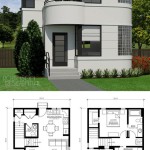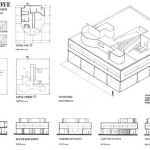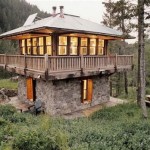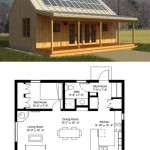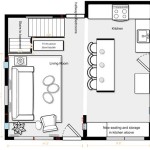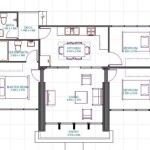The Intricate Floor Plans of Roman Baths
Roman baths were not merely places for hygiene; they were integral to Roman social life, serving as centers for relaxation, socialization, and even business transactions. These elaborate structures were designed with a specific purpose and a meticulous attention to detail, particularly in their floor plans. Understanding the layout of a Roman bath reveals insights into Roman culture, engineering prowess, and the intricate workings of these fascinating facilities.
The Foundation of Roman Bath Design: The Apodyterium
The journey through a Roman bath began in the apodyterium, a changing room. This space, often located near the entrance, was typically rectangular, with a simple floor plan. Its walls were adorned with niches and lockers for storing clothes and valuables. The apodyterium was often fitted with a central basin or fountain for rinsing hands and feet before proceeding further. This initial space served a practical and symbolic purpose, marking the transition from the bustling streets to the tranquil environment of the bath complex.
The Heart of the Bath: The Caldarium, Tepidarium, and Frigidarium
The heart of the Roman bath complex was comprised of three distinct bathing spaces, arranged in a sequence designed to gradually increase the temperature. The frigidarium, the cold bath, was often a large, rectangular room with a central pool of cold water. Its floor plan might include a shallow wading pool or a larger plunge pool. The tepidarium, the warm bath, was typically located between the frigidarium and the caldarium. This space was heated by a hypocaust system, a sophisticated underfloor heating method. The tepidarium functioned as a transition zone, allowing bathers to acclimate to higher temperatures before entering the caldarium, the hot bath.
The caldarium, the hottest and most elaborate bath, was often dome-shaped or vaulted, further enhancing the heat. Its floor plan might feature a central pool, often circular or rectangular, and sometimes included a pool of hot water for immersion. The caldarium also incorporated benches and alcoves for relaxation. The meticulous arrangement of these three bathing spaces, from cold to hot, was integral to the Roman bathing ritual, designed to cleanse, invigorate, and promote health.
Beyond Bathing: Auxiliary Spaces and Socialization
Roman baths were more than just places for bathing. They incorporated auxiliary spaces that catered to a range of social activities. The palaestra, a courtyard or exercise area, was often associated with the bath complex. This space might include areas for wrestling, running, and other forms of physical exercise. The natatio, a swimming pool, was sometimes included in bath complexes, providing opportunities for swimming and water sports.
Beyond these spaces, Roman baths also included areas for socializing and relaxation. The laconicum, a dry heat room, allowed bathers to perspire. The vaporeum, a steam room, provided a moist heat experience. These spaces often featured seating and alcoves, encouraging conversation and interaction among bathers. Roman baths were designed to cater not only to physical needs but also to the social and cultural aspects of Roman life.
Engineering Marvels: The Hypocaust System
The Roman baths were not merely places of relaxation and social activity; they were also testaments to their builders' engineering prowess. The most notable example was the hypocaust system, a sophisticated form of underfloor heating. This system involved a network of brick pillars supporting a tiled floor, with a space beneath for the circulation of hot air. This hot air was generated by furnaces located below the baths, effectively heating the entire structure.
The hypocaust system allowed Roman bathers to enjoy a comfortable and hygienic experience, regardless of the external weather conditions. The use of this innovative technology speaks to the advanced understanding of heat transfer and engineering principles in Roman society. This system is a testament to the Roman ingenuity in creating functional and comfortable spaces.
Variations and Adaptations: Regional Differences in Floor Plans
While the basic principles of Roman bath design remained consistent, variations in floor plan and layout emerged across different regions. Some baths featured more elaborate and complex floor plans, while others were simpler and more functional. These variations in design reflected local architectural styles, available resources, and the specific preferences of the communities they served.
For example, some baths incorporated pools of different sizes and shapes, while others included more elaborate social spaces or exercise areas. The degree of ornamentation and decorative elements also differed, reflecting the wealth and status of the community. This range of variations in floor plan provides valuable insights into the diverse architectural traditions and cultural preferences of the Roman world.

The Roman Baths

View Article Baths Bathing As An Ancient Roman

Roman Baths World History Encyclopedia

Roman Baths

General Information About Roman Baths

Roman Bath House At Chesters

General Information About Roman Baths

Roman Bathhouse Layout

Roman Baths Artwork Stock Image C017 7251 Science Photo Library

Bath Plan

